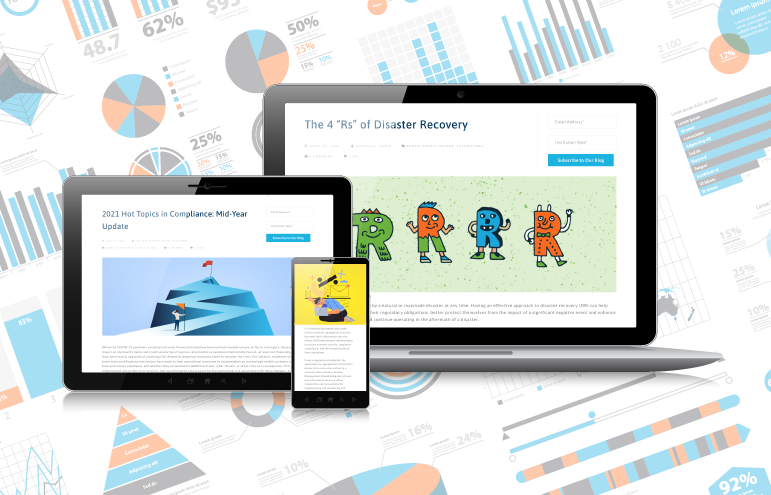
Change can be challenging—especially when it involves the transition of IT management and other key personnel. That’s why it’s imperative for banks and credit unions to be proactive about succession planning.
While regulators expect institutions to have a formal succession plan for key leadership roles, having a strategy for filling critical positions is a matter of practicality. If an IT administrator or information security officer (ISO) is not in place, or not available to complete the tasks, reports, and other responsibilities of these roles, then it could lead to cyberattacks and other security issues. This, in turn, can have dire consequences on a financial institution’s operations, risk-profile compliance, and reputation.
Succession Planning Strategies
Institutions can ensure IT and information security resiliency by having an effective plan for managing the absence of key security-related personnel. Depending on their size, type, and goals, they can adopt any of these approaches to succession planning:
- Proactively assess internal talent and then orient the most suitable individual to serve as an alternate or backup for various IT admin or ISO responsibilities. The ISO alternate, for instance, should train with the existing ISO, attend ISO oversight meetings, and present appropriate information to executive management and the board. If the ISO leaves, the backup individual should be equipped to assume the role temporarily or even for the long term if necessary. Training a staff member to perform IT or information security duties is not only pragmatic, but it complies with regulatory guidance.
- Implement an internal committee or team approach to managing IT and information security during a temporary or permanent personnel change. The committee can facilitate the IT and information security program in several ways. It can maintain processes until an outside replacement is installed or support an internal successor who is transitioning into the position. The committee can also provide coaching to keep the replacement from becoming overwhelmed by the complexity and assortment of tasks required.
- Partner with a trusted third party to obtain the additional expertise needed to meet IT and information security benchmarks. This approach provides an accountability partnership role and a regular framework that clearly defines key responsibilities and streamlines processes. This strategy can ensure institutions have suitable resources to ease the transition of key personnel to enhance IT and information security resiliency.
Leveraging a Virtual ISO
A virtual ISO can be an ideal solution for institutions seeking to enhance IT and information security resiliency. This third-party service can not only support succession planning, but it can also serve as an extension of the internal ISO providing an external layer of oversight and an objective point of view — which allows institutions to approach risk more strategically and proactively.
ISOversight from Safe Systems, for instance, is a complete solution that makes it easier for community banks and credit unions to master information security and compliance online. This virtual ISO solution—which is especially for financial institutions—offers valuable access to applications and resources, cyber risk reporting, and compliance experts. With ISOversight, banks and credit unions can be confident that all their ISO-related requirements are completed on time, documented properly, and reported to the appropriate parties. Learn more about how to enhance your institution’s security posture during tough times. Read our white paper on “Building IT and Information Security Resiliency in Chaotic Times.”














